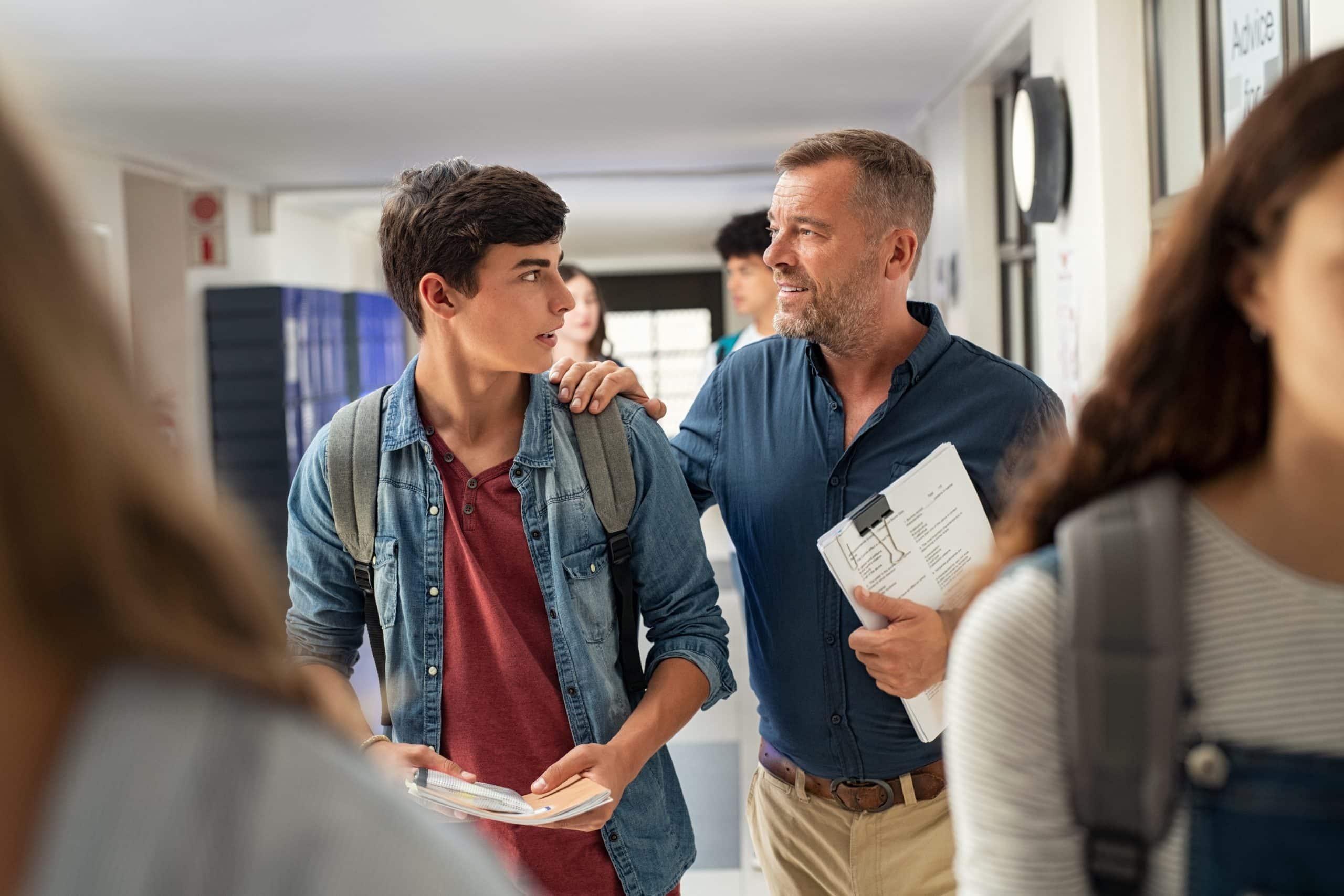As schools turn the page on this school year and plan for the fall, personalizing for each child will be critical.
Estimates of students’ unfinished learning vary, but most suggest that for many students, there’s a lot of ground to cover.
A study of reading performance in Ohio suggests a decline in student achievement equal to about one-third of a year’s worth of learning for all students and half a year’s worth for Black students. According to Curriculum Associates, an education technology company that provides a benchmark assessment to schools, there are more students this year from grades 1 through 8 who are two or more grade levels behind in math than in past years, with a disproportionate impact on schools serving predominantly Black and Latino populations.
These academic measures say nothing of the mental health challenges impacting many students, which will make it difficult to learn. According to the U.S. Centers for Disease Control and Prevention, the number of children ages 5 to 11 who visited the emergency department because of a mental health crisis rose 24% compared to the same time period in 2019. For 12- to 17-year-old children, that number was up 31%.
But these headlines mask the wide variation that teachers will confront when they return to classrooms. Different students will have different gaps and challenges. Some have even accelerated their learning during the pandemic and will disengage if their teacher tries to review material they have already mastered.
The one-size-fits-all whole-classroom approach that dominates so many of the country’s classrooms and was already failing so many of America’s students will be that much of a worse fit for students come the fall. The assumption that all students should be learning the same lesson at the same time is a fallacy.
Each child will need an individualized learning plan.
Schools aren’t unfamiliar with this concept. IEPs—individualized education plans—were first introduced into schools in 1975 for children with special needs.
But an individualized learning plan needn’t be weighed down by the bureaucratic and legal wrangling that surrounds IEPs.
Instead, when students return to schools, teachers should have individual conversations with each child to take stock of how they are doing and what they need to succeed. They can use small assessments to gain deeper insight as well.
They should then build a learning environment to create a personalized roadmap for each child in which each child will work at his or her own pace and pathway. Instead of facilitating whole-class lessons, teachers should spend time in small-group lessons with children or tutoring and mentoring them.
The education technology that has become nearly ubiquitous in the pandemic can make this feasible by allowing students to learn through online curricular programs while in school so they can move at varying paces and pathways. This means that schools won’t have to spend significant amounts of money or time to replicate the physical environment of places that already do a good job of personalizing, like Montessori environments.
Personalizing in this way was a good idea even before the pandemic, because it’s always been true that students have different learning needs at different times.
According to Digital Promise Global’s Learner Variability Project, all individuals have a range of cognitive, social, and emotional skills—as well as health and psychological wellbeing—that they bring into the classroom that necessitates taking different approaches to optimize any individual’s learning.
Put more simply, students have different levels of background knowledge based on what they have learned previously and what they have been exposed to outside the classroom. They have different abilities to absorb new information in what cognitive scientists call working memory.
As a result, we learn at different speeds, which varies depending on the subject matter or context.
The outcomes from tutoring showcase the wisdom of personalizing learning. Benjamin Bloom’s famous “two sigma” research showed that students in the 50th percentile were able to advance two standard deviations—to the 95th percentile—thanks to tutoring. That research has been revised to show much lower, but still impactful, results from tutoring.
More recently, a new study from two experimental trials in Chicago further showed the power of tutoring, as the authors found that 9th and 10th graders saw huge improvements with “course failures reduced by as much as 49 percent.”
What was interesting was that the tutors were not deep experts. One of the researchers hypothesized that the success occurred because the tutors were working with just two students, so they could personalize the learning much more than a traditional teacher.
Taking the insights from the cognitive science research and embedding it in all schools is now critical given the discrepancies students have experienced over the past couple of school years.
Ensuring that every child has an individualized learning plan fit for their needs should be table stakes.



